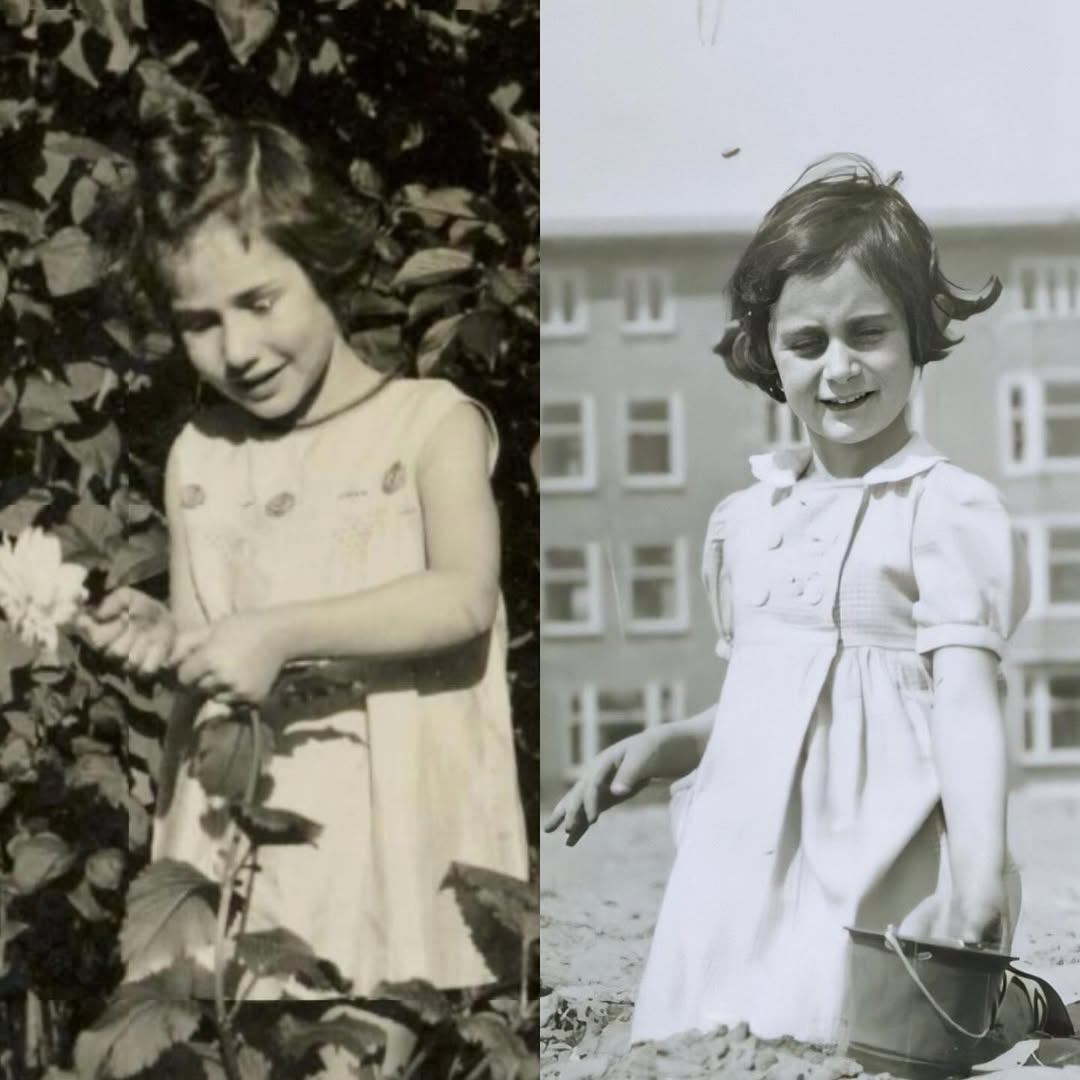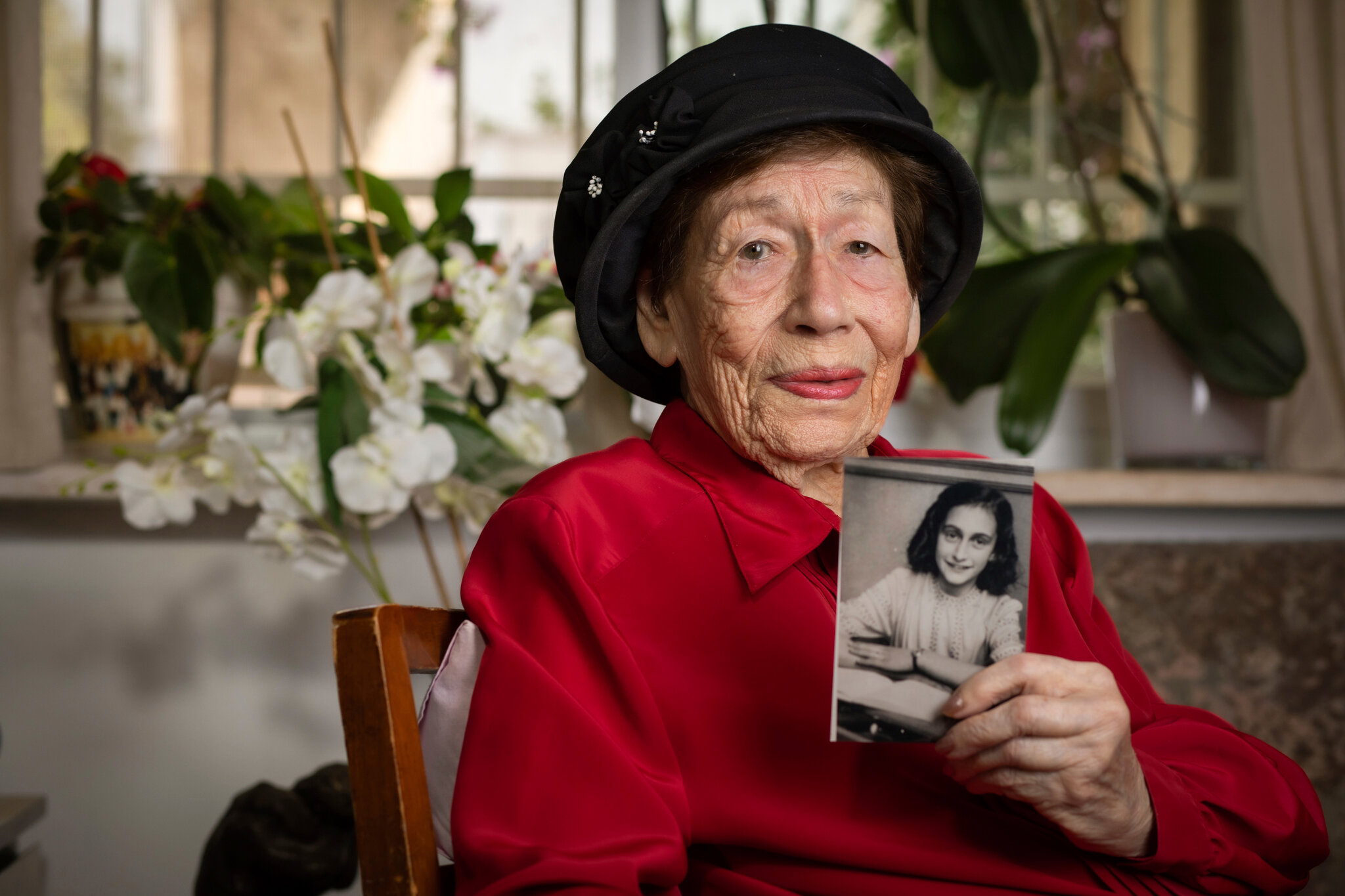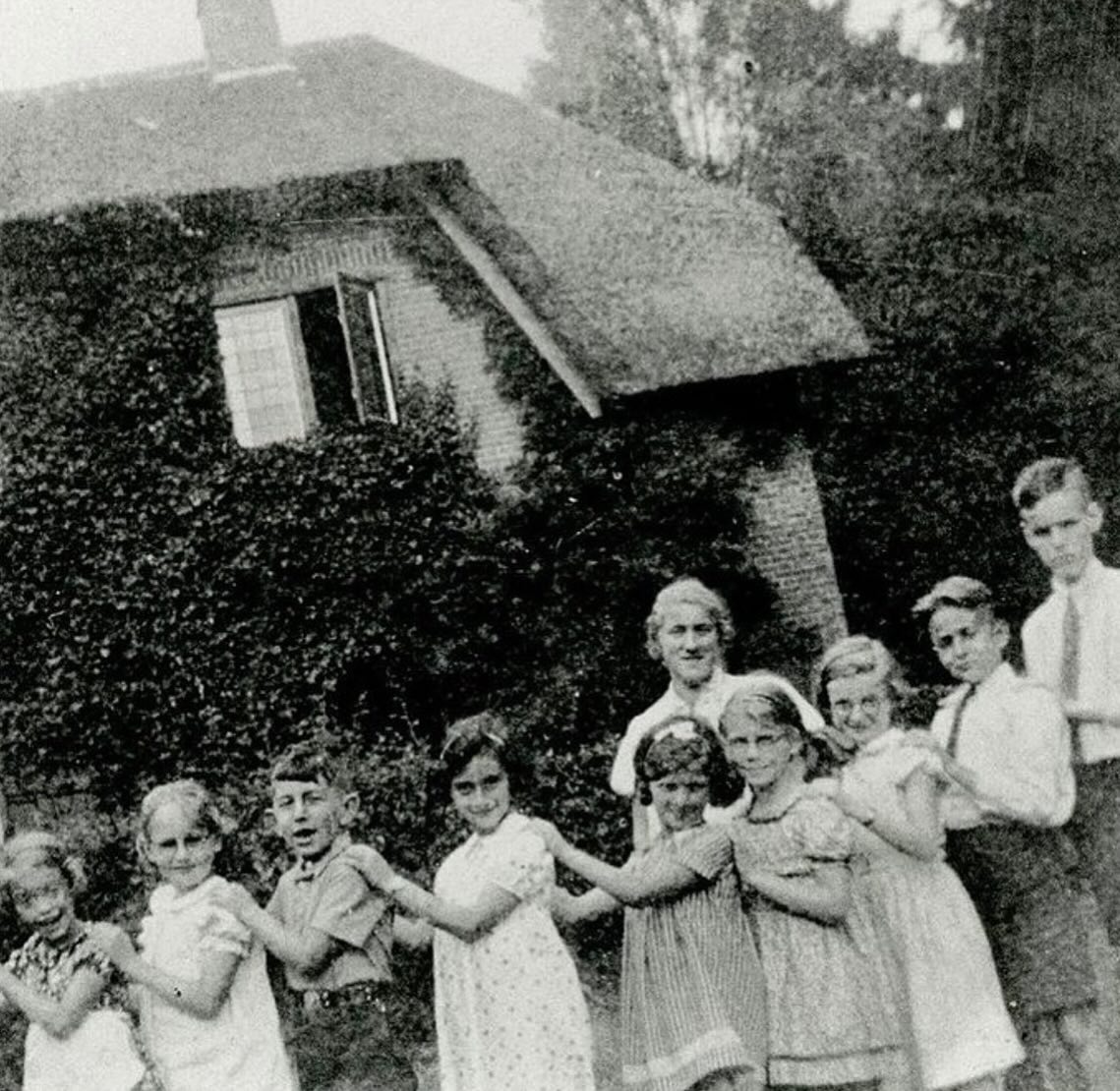A Nightmare of Guilt

In the dark and silent hours of the night in the Secret Annex, Anne Frank’s dreams were haunted by the faces of those she loved. On November 27, 1943, she was visited by a terrible vision of her friend, Hanneli Goslar. It was not the happy, smiling Hanneli she remembered from the streets of Amsterdam. This Hanneli was a ghost, “dressed in rags, her face thin and worn,” her enormous eyes filled with “sadness and reproach.” The silent question in Hanneli’s eyes haunted Anne: “Oh, Anne, why have you deserted me?”
This dream was more than just a nightmare; it was a physical manifestation of Anne’s deep-seated guilt. She was safe, hidden away from the roundups and transports, while her friend and so many others were suffering in a “hell” she could only imagine. The helplessness she felt was overwhelming. “And I can’t help her,” Anne wrote. “I can only stand by and watch while other people suffer and die.”

This diary entry is a powerful testament to Anne’s profound empathy. Even in her own confinement, her thoughts were with those who were in a far worse situation. Her prayer to a “Merciful God” for Hanneli’s comfort, her plea that Hanneli would know she was “thinking of her with compassion and love,” shows a spirit that, even when broken by guilt, still longed to help.
Anne Frank’s diary is often seen as a story of hope and resilience, but this entry reveals a deeper truth. It shows us that even the most resilient among us are not immune to feelings of guilt and helplessness. It reminds us that to be human is to feel compassion for those who are suffering and to find a way to offer them comfort, even if it is only a quiet prayer whispered in the darkness.
